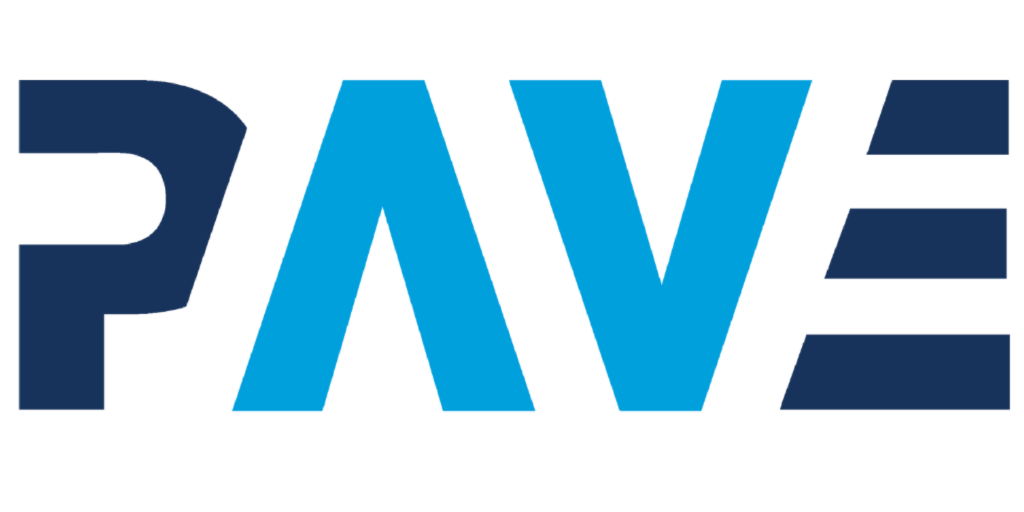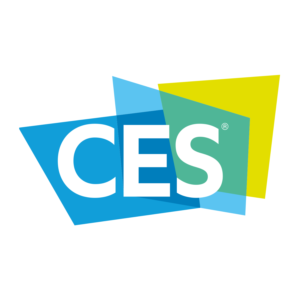If you follow automated vehicle technology, you know that CES is one of the biggest events of the year for autonomous vehicles and everything related to the future of mobility. And CES, of course, will always hold a special place in the heart of PAVE: it was there, two years ago, that our newly-formed coalition made its official debut.
This year, the pandemic forced the sprawling high-tech showcase to go virtual, but many of PAVE’s member companies were on hand to highlight the work they’re doing, holding press conferences, speaking on panels, sharing their recent developments and announcing their upcoming plans.
With so much activity, it could be easy to miss some of the excitement — so we decided to wrap up CES month with a collection of PAVE members’ news and appearances to provide an overview of where the automated vehicle sector is and where it’s heading.
Intel/Mobileye
Intel/Mobileye shared a conversation between Mobileye CEO Amnon Shashua and PAVE Communications Director Ed Niedermeyer, going in-depth on the company’s strategy, short-term accomplishments and long-term plans. The half-hour discussion touches on developments in Mobileye’s REM mapping capability, the new testing and deployment it enables even on short notice, the relationship between its ADAS and autonomous drive programs, its “camera-first” approach and why it is still getting into lidar in a serious way, and how its fairly unique strategy compares to others in the space. You can watch the whole thing above, check out another conversation Shashua had at CES with Thomas Friendman, or head over to Intel’s newsroom for all the details.
General Motors/Cruise
GM went big at CES this year, with CEO Mary Barra giving a keynote address that highlighted the automaker’s moves toward electric and autonomous vehicles as it revealed a new logo to match its forward-looking vision. With $27 billion of investment in electric and autonomous technologies planned by 2025, GM highlighted its new “Everybody In” brand identity and showed off upcoming EVs from Cadillac and Hummer and its Cruise Origin electric robotaxi. It even showed off some exploratory concepts, like a Cadillac-branded luxury take on the Origin AV and a Cadillac autonomous electric vertical take-off and landing (eVTOL) flying taxi. GM unveiled new brands as well, including an electric delivery van and ecosystem called BrightDrop and Periscope, a brand for GM’s holistic approach to vehicle safety. Barra’s keynote can be found above, or you can dig into all of GM’s CES news at their dedicated newsroom.
NVIDIA
NVIDIA had a massive presence at CES, as usual, for the company which has huge businesses in gaming and drones in addition to their automated driving work. On the automated driving front, NVIDIA announced a partnership with the Chinese EV maker NIO that will see its new “Adam” driving supercomputer debut in the NIO ET7. Bringing four “Orin” processors onto a single board, “Adam” will deliver more than 1,000 trillion operations per second (TOPS) of processing firepower, for a level of performance that NIO’s CEO calls “unprecedented.” The Adam-equipped ET7 will debut in 2022, with 600 miles of electric range and what NIO calls “point-to-point autonomy” capability using 33 onboard sensors. Chinese automaker SAIC also announced that its upcoming IM premium EV brand will use NVIDIA Orin-based boards for its automated driving system.
Kodiak
Self-driving truck startup and new PAVE member Kodiak used CES to announce that its trucks recently made a more-than-200-mile journey between Dallas and Houston without a single intervention. Trained human safety drivers were on board and ready to take over, and Kodiak’s VP of Engineering, Andreas Wendel, told Automotive News that the company has “a lot of work needed to get to driverless.” Still, the achievement earned Kodiak a 2021 Innovation Award from the CES organizers.
Humanising Autonomy
Humanising Autonomy used CES as an opportunity to share what they’ve learned about making camera-based perception better at discerning human intent by replacing the standard physics-based approach with their own rubric based on bayesian statistics and behavioral psychology. Their twice-daily webinar is now over, but you can read their Medium post about it and follow them on Eventbrite to be updated on future webinars.
Velodyne
Velodyne Lidar’s CEO Anand Gopalan and CFO Drew Hamer took part in a fireside chat hosted by Baird at CES this year, where they discussed their lidar business in considerable depth. From spinning to solid-state lidar technology, and from manufacturing partnerships to product strategy, this discussion covers almost every aspect of the pioneering lidar maker’s business. You can watch the whole thing here for free, but you do need to provide your email address when registering.
Steer
PAVE member Steer hosted a virtual booth that showcased its technology, which can enhance ordinary vehicles with advanced driving features. Steer’s Founder and CEO, PAVE Board Member Dr. Anuja Sonalker, chatted with CES about all of the enterprising things their technology can do — including getting cars out of tight parking spaces.
Algolux
Algolux is an AI software company whose CES booth showcased their perception and image optimization solutions. Their technology aims to reduce risks with program costs, time-to-market and scalability. You can see their technology in action here.
Waymo and Toyota
PAVE Board Members David Quinalty (Waymo’s head of government affairs) and Jamie Boone (Toyota’s director of technology and innovation policy) appeared on a panel about the present and future of AV regulation and policy. Quinalty and Boone shared perspectives on the state of AV regulation and where it is heading: Boone highlighted the importance of harmonization of policy across the states, and Quinalty talked about Waymo’s approach, which he subsequently discussed the topic in a Cheddar interview you can watch here. A recording of the session isn’t available, but TheDetroitBureau has a good summary of the discussion.
BlackBerry
BlackBerry’s Chief Product Architect Eric Cornelius spoke on a panel about “the power of AI.” There aren’t any free recordings of the discussion, but if you were registered for CES this year but missed the panel you can watch it at CES’s virtual show site.
Aurora
Aurora has been busy lately, onboarding new employees from its Uber ATG acquisition and signing a partnership with the semi truck make PACCAR, but their head of partners, product and programs Lia Theodosiou-Pisanelli still made time to appear at a CES panel. Titled “Autonomous Transportation Moves Beyond the Vehicle,” and hosted by Joan Muller of Axios, the discussion addressed a variety of non-car autonomous mobility opportunities, ranging from trucks to tractors. If you were registered for CES 2021, you can watch the discussion here.
Audi
Audi participated in a “spotlight session” at CES 2021, focused on the “electrifying future of premium mobility.” That session is available to anyone registered for CES 2021 here.
Lyft
Lyft’s Chief Diversity Officer, Monica Poindexter, took part in a CES panel titled “Keys to Success: How Diversity and Inclusion Helped Us Survive 2020 alongside Tiffany Moore of fellow PAVE member and CES organizer The Consumer Technology Association. You can watch that conversation here, provided you were registered for CES 2021.
 PAVE US
PAVE US PAVE EUROPE
PAVE EUROPE PAVE UK
PAVE UK

